Police open fire in Estrela, central Maputo - Lusa report | Watch
Mozambique: Troops open new land supply route in Macomia

Image: Google Maps
Mozambican troops yesterday opened a new land supply route into Cabo Delgado, crossing an area where armed groups had their main base until July.
The conquest of Catupa, in the Macomia district, “drastically reduced the rebels’ capacity for action” against “the inhabitants in the area”, Brigadier Omar Saranga said on the ground, which he classified as the movement’s “biggest base”.
Several graves show that many people died at the hands of the armed groups, either because they disobeyed or because of hunger, including children, as evidenced by the bones, he explained.
READ: Terrorist operatives killed in Nkoe, Cabo Delgado – Notícias
Catupa served “as an almost impregnable rear-guard of the enemy for their reorganisation, as a logistical, recruitment and training base for kidnapped youths”, the brigadier in charge of military operations in the north of the country told reporters.
“They lived here with dozens if not hundreds of kidnapped civilians, mostly used as sex slaves [in the case of women], human shields, labour force and intelligence gatherers on troop movements,” he added.
He stressed that the “fight against terrorism is moving forward”.
“It is not sustainable to talk about security without economic development,” he said shortly afterwards as he walked with journalists along the open road through the dense undergrowth that previously concealed the insurgent groups.
The intervention “allows logistical support and supplies” to be provided to the troops providing security to the territory, but also offers new hope to the locals, he said.
The link should continue for villages along the coast, such as Cogolo, Quiterajo and Mucojo, which have suffered from violent attacks and cut access routes in the last four years.
The persecutions against the armed groups continue, and four leaders have been killed in the last seven days.
“All of them were leaders”, and among them, there were Mozambicans and foreigners, he added, although Saranga acknowledged that it was difficult to identify the identities of each one.
What he takes for granted is that the rebels no longer have “big bases”.
“What they may have are hideouts”, temporary refuges while they are on the run from the military offensive – a flight that has led them to attack further south, towards Nampula.
Today it was possible to reach Catupa safely, but two months ago, the risks were greater after the insurgents were conquered.
The Mozambique Armed and Defence Forces (FADM) had to carry out some demining operations there, Omar Saranga said and seized all kinds of material.
There were huts with clothes, motorbikes, computers and other equipment, and weapons.
The reopening of access routes, such as the corridor used for logistical supplies today, is intended to show a “holistic vision” to bring the region out of conflict.
A statement came after President Filipe Nyusi on Wednesday called on oil companies to resume work on gas projects in the region – suspended after the armed attack on Palma in March 2021.
The head of state said that reports of violence elsewhere in the north result from random attacks by fleeing attackers after the network that until then had put the projects at risk was dismantled.
The brigadier in charge of operations in northern Mozambique is equally confident.
The road to Catupa began to be opened on 13 August and links National Road 380 (the tarred road that joins the north to the south of the province) to Regional Road 762, on the coast, between Mucojo and Quiterajo.
Cabo Delgado province is rich in natural gas but has been terrorised since 2017 by armed violence, with some attacks claimed by the extremist group Islamic State.
The insurgency has led to a military response since a year ago with support from Rwandan and Southern African Development Community (SADC) forces, liberating districts near gas projects but leading to a new wave of attacks in other areas, closer to Pemba, the provincial capital, and in Nampula province.
There are about 800,000 internally displaced people due to the conflict, according to the International Organization for Migration (IOM), and about 4,000 deaths, according to the ACLED conflict registration project.


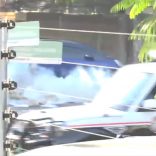

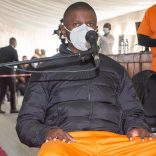
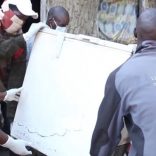

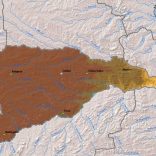
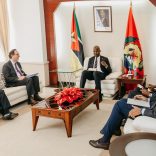
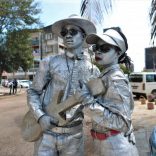



Leave a Reply
Be the First to Comment!
You must be logged in to post a comment.
You must be logged in to post a comment.